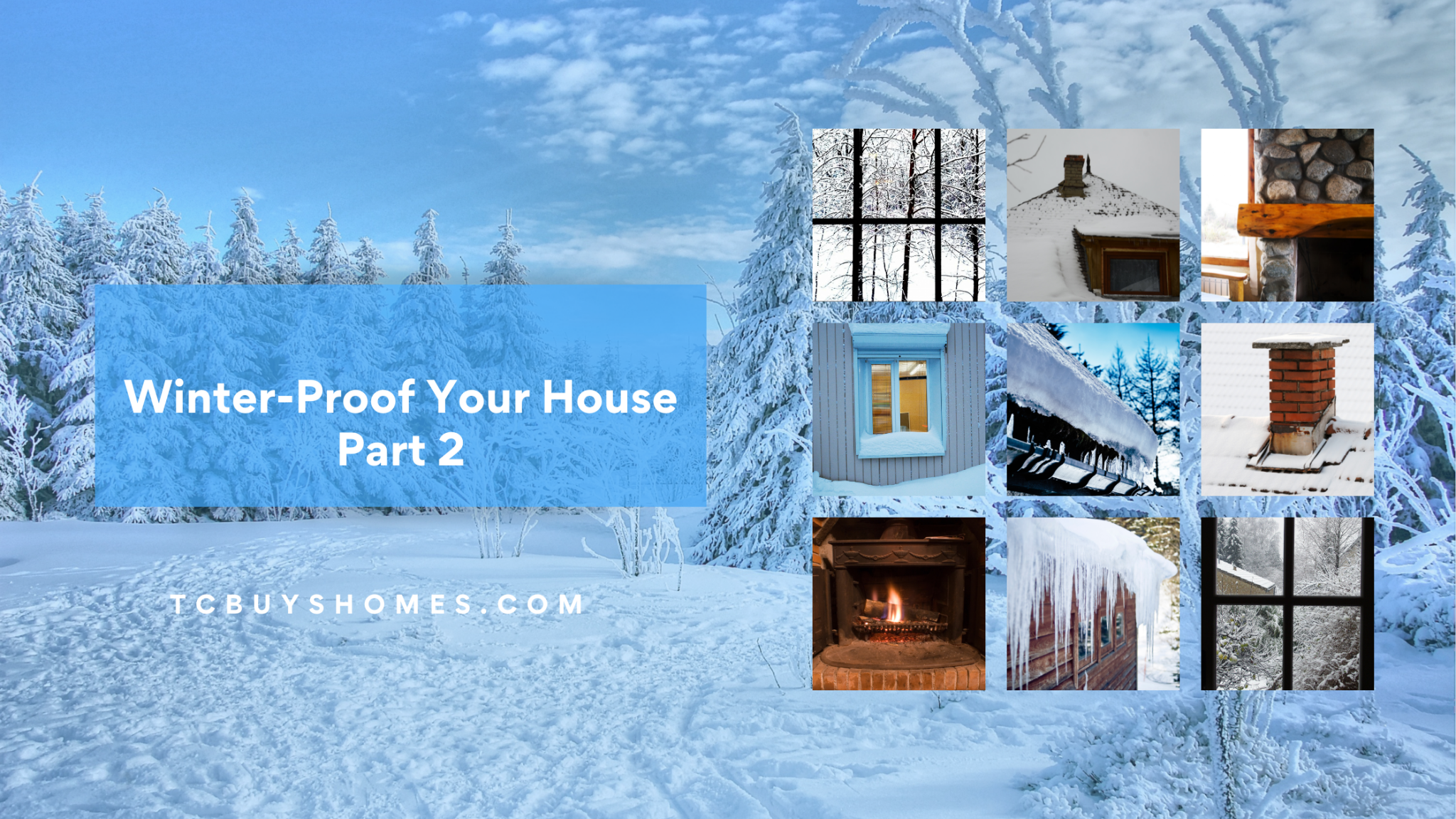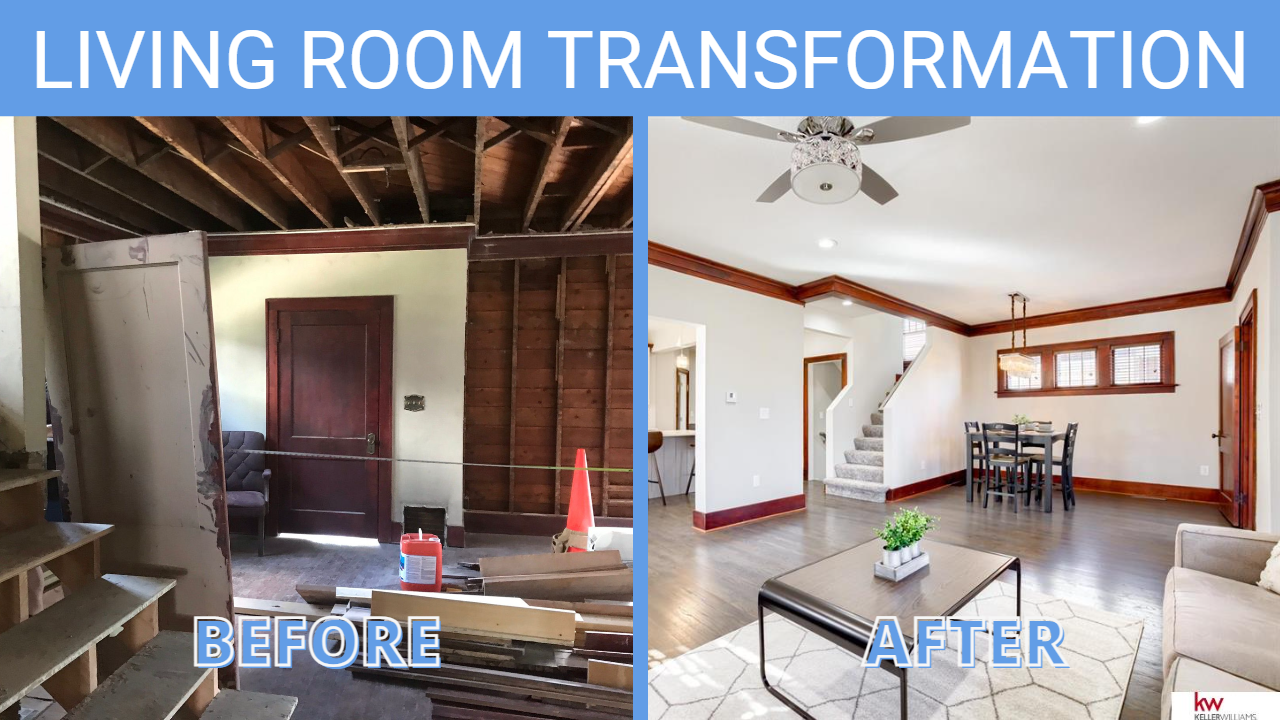Winter is a great time to relax and enjoy the snowy weather, but you do need to make sure your house can stand up to the elements. When the weather is below freezing, the last thing you want to wake up to is frozen pipes or fallen branches. On average, Omaha can go as low as 14, which means that you must prepare for costly repairs and damages. Although many homeowners can handle these situations on their own through minor maintenance, there are some steps you can take now to help prevent the damage your home can sustain throughout another Omaha winter. Here are just a few examples:
Air leaks and Insulation
Many homeowners spend about a third of their annual heating and cooling bill—roughly $350—on air that leaks into or out of the house through unintended gaps and cracks. Energy Star estimates that sealing those leaks could be one of the most cost-effective things you can do to conserve energy and increase comfort in your home.
If you want to reduce the energy your home uses for heating and cooling, air sealing and insulation are the most cost-effective strategies. Air sealing creates barriers to airflow by covering cracks and openings in the building cavity. Adding insulation on top of air sealing will slow heat flow, increase occupant comfort, and help your home retain the air you have already paid to heat.
- Weather-stripping your attic access door can help reduce heat loss through a home’s attic. The most common potential leakage areas are attic access doors, allowing cold air to enter. Attic stairs are another significant source of wintertime heat loss. Applying self-adhesive weather-stripping foam to the perimeter of the hatch opening will prevent heat loss.
- Insulation. An essential part of winter-proofing your house is ensuring it’s adequately insulated. Insulation helps keep the house warm in the winter, cool in summer, and dry during all seasons. While there are many types of insulation available today—including fiberglass batts, spray foam insulation and reflective foil insulation—closed-cell spray foam is better because it’s been proven to be more effective than either fiberglass or reflective foil at reducing air infiltration. It also provides better soundproofing qualities than other types of insulation available today.
- When installing recessed lighting in an attic, it is essential to ensure the housing is airtight. Recessed lights have vents that open up into the attic, and these vents are a leading cause of household air leaks. Insulating to reduce energy loss in your attic can be done in areas immediately surrounding your recessed lights by installing baffles that fit around the bulb and ensuring it is airtight.
- Air leaks in an attic caused by recessed lights can be remedied by installing airtight baffles around the recessed lights. These baffles are available at most hardware stores and cost approximately $20. The baffles should be installed when the bulbs are removed to fit snugly up against the bulb housing.
- Flues and chimneys should be kept at least 1 inch away from any wood framing or 2 inches away from brick chimneys to prevent air leakage. Insulation should also be kept from the flue pipe to avoid heat loss. A simple way to do this is to form a barrier made of flashing around the flue, leaving 1 inch of space between the barrier and the insulation. To maintain this spacing, cut tabs in the top and bottom edges of the flashing cylinder.
- Drafts around windows and doors are easily corrected with weather-stripping. Old windows should be re-caulked or replaced with new ones with built-in weather-stripping. Self-adhesive, disposable plastic types are the easiest to install. Still, they are of lesser quality than more permanent types, such as EPDM rubber strips or adhesive-backed EPDM rubber sheets. Pulley seals, adhesive-backed EPDM rubber sheets, and door sweeps can also be used to block drafts at the bottom of a door; door sweeps are especially effective in preventing drafts caused by misaligned hinges.
Gutters and Downspouts
Gutters are designed to collect and divert rainwater from the roof. When leaves, sticks, and other debris clog gutters, water can back up, leading to leaks at the roof line and sometimes into the foundation. Clogged drains can also cause ice dams in winter.
Cleaning out your gutters can help prevent these problems. Before doing any maintenance on a gutter system, gather the tools, equipment, and ladders you’ll need to complete the job. Work safely: Never use a ladder to access gutters unless it’s secured firmly to something sturdy, such as a house or another ladder.
Make sure your downspouts are draining properly by quickly inspecting the gutter line underneath them. Look for any clogs or other obstructions in the way of its drainage pat.
This includes anything that could fall into it, like leaves or trash bags. Remove any debris hanging out there (you don’t want those things clogging up your drains). Also, check whether any leaks are coming from where these pipes meet up with another part of your roofing system, significantly if temperatures drop below freezing during winter months. This means water tends to leak onto the outside and inside surfaces too!
Keep Pipes From Freezing
Three of the most common causes of frozen pipes are quick drops in temperature, poor insulation, and thermostats set too low. You can prepare for such an event by insulating pipes during warmer months, using heat tape or heat cables on exterior pipes exposed to freezing temperatures, or both.
Seal all leaks that allow cold air into your home by insulating exposed areas and caulk or seal any cracks or holes in exterior walls. Use an indoor valve to shut off and drain water from pipes leading to outside faucets. This reduces the chance of freezing in the short span of the pipe inside the house. Let warm water drip overnight when temperatures are cold, preferably from a faucet on an outside wall.
Read part 2, on our next blog to learn how to winterize your windows and chimney.






